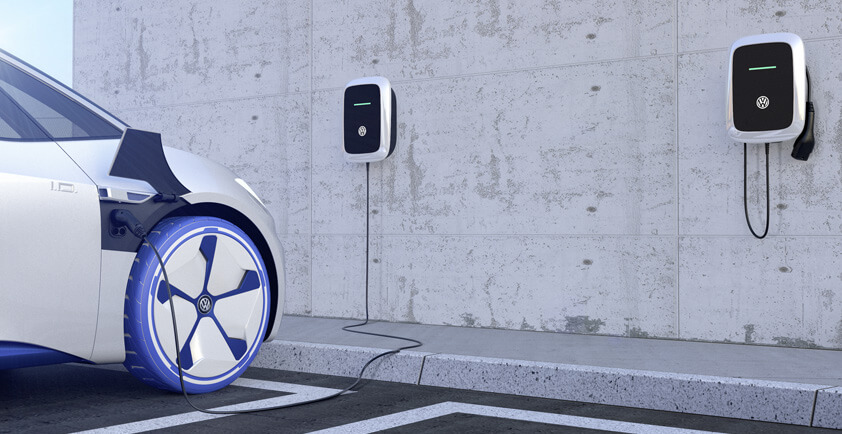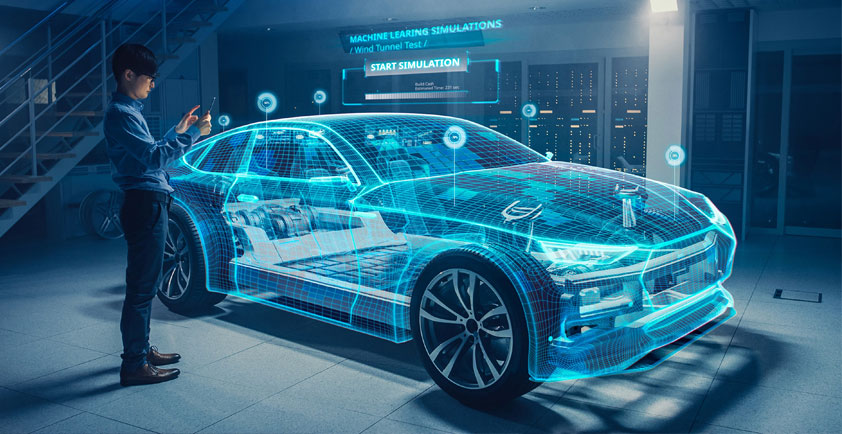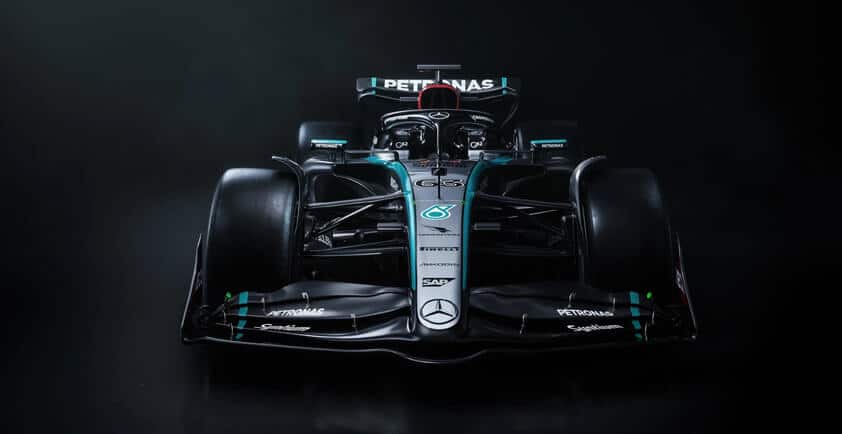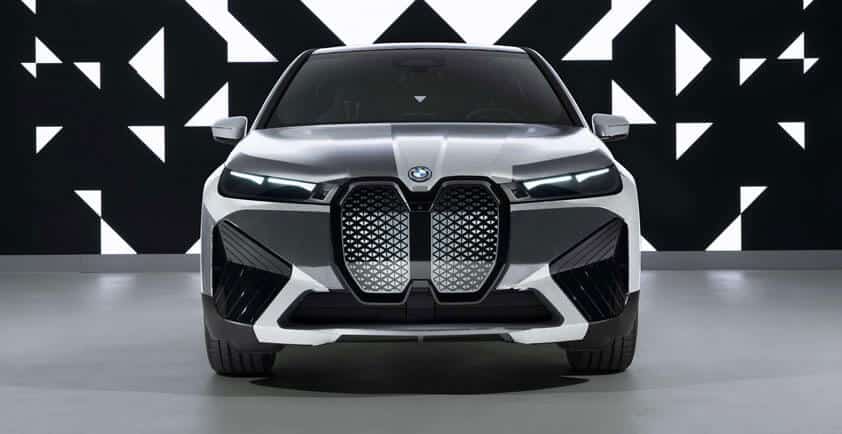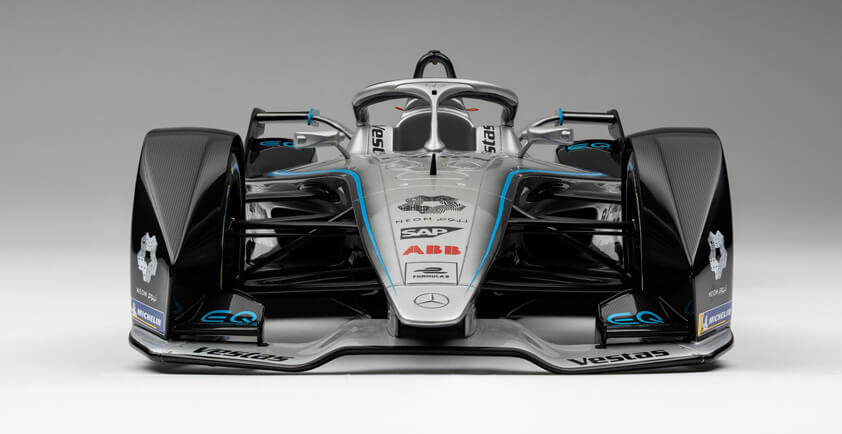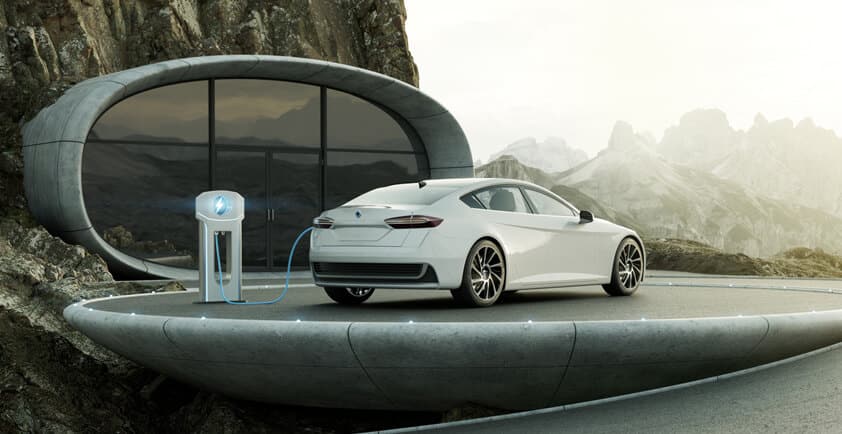

END-TO-END ELECTRIC VEHICLE CHARGING MANAGEMENT WITH CONEVA AND SAP E-MOBILITY
One of the biggest challenges of the electric vehicle (EV) revolution is building a reliable charging infrastructure that is available everywhere. To enable companies to adapt their e-fleets’ energy consumption to local generation capacity, SAP teamed up with SMA Solar Technology subsidiary coneva to integrate the SAP E-Mobility solution with the latter’s software-as-a-service (SaaS) solution for dynamic load management, coneva Charging.
"When people are thinking about buying an electric vehicle, they usually start by asking two questions," says SAP E-Mobility Specialist Sebastian Wagner. "The first is, ‘Are there enough charging stations near my home and on my route to work?’ And the second is, ‘How many other EV drivers will I be competing with for charging capacity?’"
We know that the number of EVs on the roads is set to rise. So, being able to optimize charging processes so that energy can be consumed at off-peak times, when it is cheapest, will become increasingly important.
"The infrastructure we have right now is not nearly equal to meeting future demand," says Wagner. "At the same time, here in Germany, we are wasting 6,500 gigawatt hours of renewable energy every year because we fail to balance energy supply with demand."
"Customers tend not to think about the impact that charging a large number of electric vehicles all at the same time has on the power grid," says Jochen Schneider, managing director of coneva GmbH. "They’re looking for a simple, affordable solution they can implement quickly to manage their charging capacity across multiple locations."
The integration of SAP E-Mobility with coneva’s dynamic load management capabilities has created a smart, hardware-agnostic solution that can help customers charge their e-fleets more efficiently and cut their costs at the same time.
Optimized EV Charging with coneva and SAP E-Mobility
"Our parent company, SMA, has a long history of success in energy management and has always focused very closely on sustainability, winning multiple awards in this field," says Schneider. For example, at its headquarters in Kassel, Germany, SMA uses some of the electricity it generates through photovoltaic systems mounted on the rooftops of its parking garages to charge its e-fleet.
coneva spun off from SMA in 2018 to focus on e-mobility as distinct from its parent company’s core photovoltaic system business. coneva’s dynamic load management software for EV charging is modular, allowing it to be adapted to the configuration of the building and location in which a charging station will operate. Determining the optimum charging process involves a range of factors, including the number of vehicles to be charged, their order of priority, the time of day charging takes place, and the current price of renewable energy in the power grid.
"Clients who use our dynamic load management system not only save money and energy," explains Schneider. "They can also control and manage the power they consume from the grid."
SAP E-Mobility: The Starting Point for Local Load Management
SAP’s own work on e-mobility has been moving in this direction for quite some time. Particularly now that the restrictions imposed during the coronavirus pandemic have eased a little and more people are traveling to the office again, companies are often seeing demand for energy peak shortly after the morning commute.
"We noticed this ourselves at SAP Portugal, for example, where employees have embraced electric vehicles in a big way," says Ulrich Scholl, vice president and chief product manager, SAP E-Mobility. "When people began returning to the office and more EVs were being charged, the distribution board in the parking garage was unable to cope with the increased demand. The fuses blew and the vehicles could no longer be charged."
As a result, SAP Portugal has now joined Italy and Austria as one of the first subsidiaries to deploy SAP E-Mobility, including SAP’s own charging optimization processes. Integrating SAP Concur solutions and with SAP S/4HANA Cloud as its backbone, SAP E-Mobility also supports the reimbursement of employees for the cost of charging their company cars at home – using SAP’s own finance processes.
In SAP’s integration project with coneva, SAP E-Mobility onboarded the charging stations, managed them as a backend process, and handled the charging data, while coneva’s software provided the connection with the local power grid.
"Looking further ahead, SAP plans to offer an end-to-end process platform built around SAP E-Mobility and other SAP solutions to enable public charging as well," says Scholl. "We are currently integrating the main roaming providers," he adds. Here, the focus is on automated B2B billing between charge point operators (CPOs) and EV charging network providers. "That’s where most of the manual effort on the provider side still is right now, and it’s also traditionally one of SAP’s strengths."
Competitors offer similar capabilities. These start with the charging points and aim to link them to the underlying business processes. SAP took the opposite approach. Scholl explains: "We already have both the process landscape and the required tax and legal expertise in different regions. SAP E-Mobility will be a global solution that offers customers much more than the purely CPO solutions that dominate the market today."
The approach of dovetailing different industry cloud solutions from SAP has proven especially beneficial for customers that wish to move to the cloud. "In this particular case, it enables us to deliver added value that goes way beyond meeting a customer’s charging requirements, and it expands our addressable market," says Scholl.
SAP’s partner ecosystem is a major plus point too, he says. Built up over decades, it helps SAP refine its products and offerings for customers and continually adapt them to the latest requirements. "Traditionally, SAP has always worked with a wide range of different partners – for software, hardware, and services. E-mobility is a field in which this rich diversity has a real impact and is proving highly beneficial for the entire ecosystem."
"SMA is a long-standing SAP customer," says Jochen Schneider. "And we at coneva see our collaboration with SAP as a logical and future-oriented alliance. Going live with our joint solution within just a few months last year was a very impressive achievement."
The Future
This joint solution also covers scenarios in which private individuals can make their charging stations available to their neighbors and even feed surplus self-generated energy – from photovoltaic systems, for example – into the grid.
"Our vision is to offer SaaS services that will strengthen local energy markets in particular," says Schneider. "We see that as a basic requirement for accelerating the transition to renewable energy. E-mobility and the vehicle-to-grid concept are both key to making that happen."
Vehicle-to-grid (V2G), or bidirectional, charging is a crucial field of innovation, and it may not be long before vehicle batteries are used to store energy and release it again later when it is needed for other purposes.
"Combining e-mobility and renewable energy in this way could be a game changer – particularly in remote parts of the world that still rely on supplies of fossil fuels but could use wind and solar energy," explains Wagner.
Scholl and his team at SAP are currently also involved in a research project in which they are working with partners including UnternehmerTUM, Europe’s largest center for innovation and business creation, on a solution scenario that provides insights into the mix of energy used to charge vehicles. "This will enable consumers to charge their vehicles at times of the day when the maximum proportion of renewable energy is available – that is, when they can be sure that the electricity they use comes from a photovoltaic system and not from a coal-fired power station," says Scholl. "Consumers will demand this level of transparency in the future."
Author - Jeanette Rohr - SAP Brand Journalist


